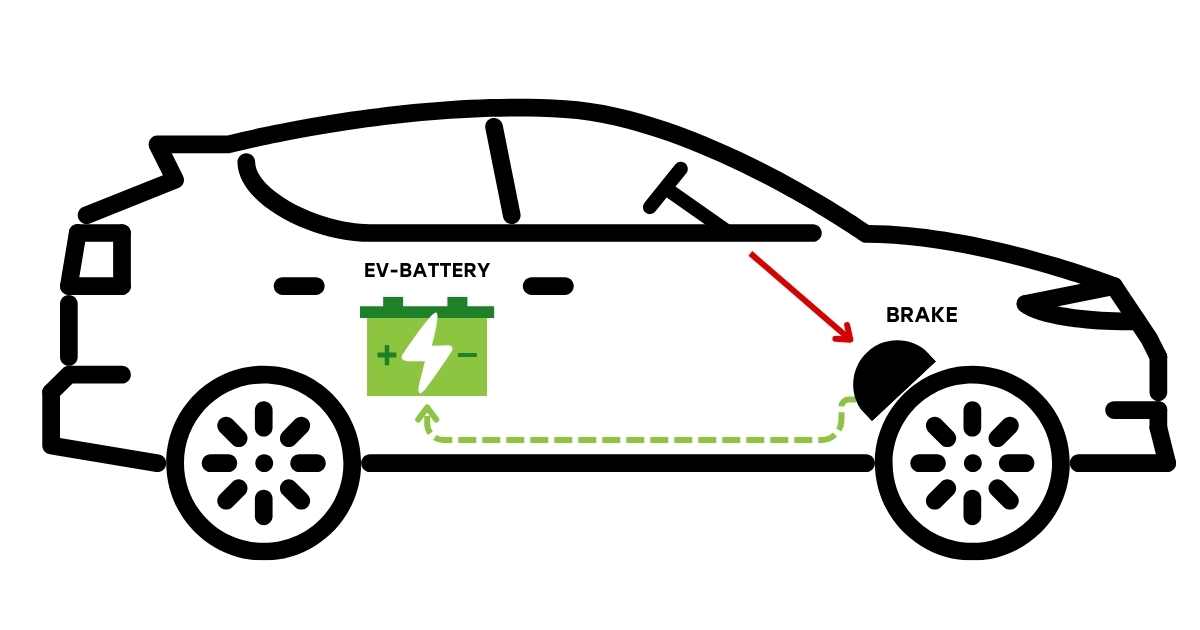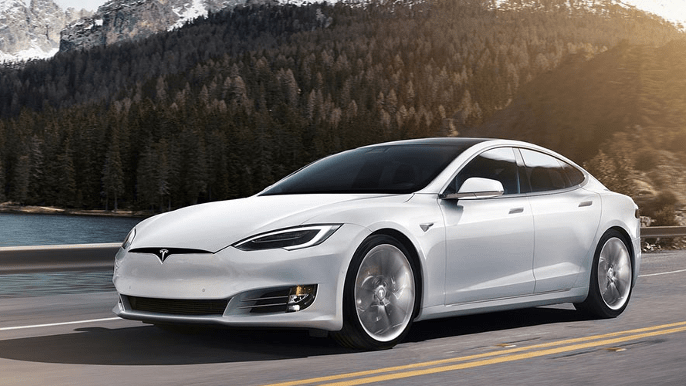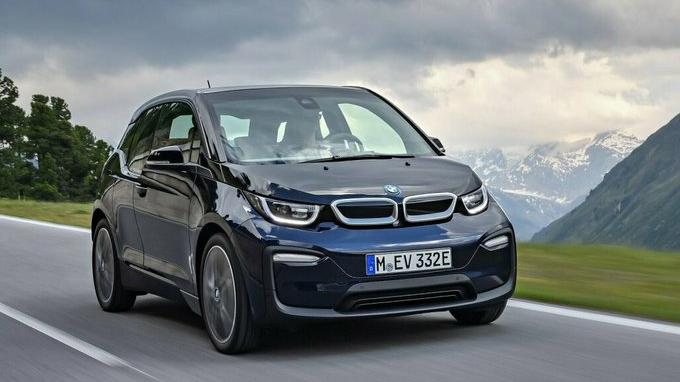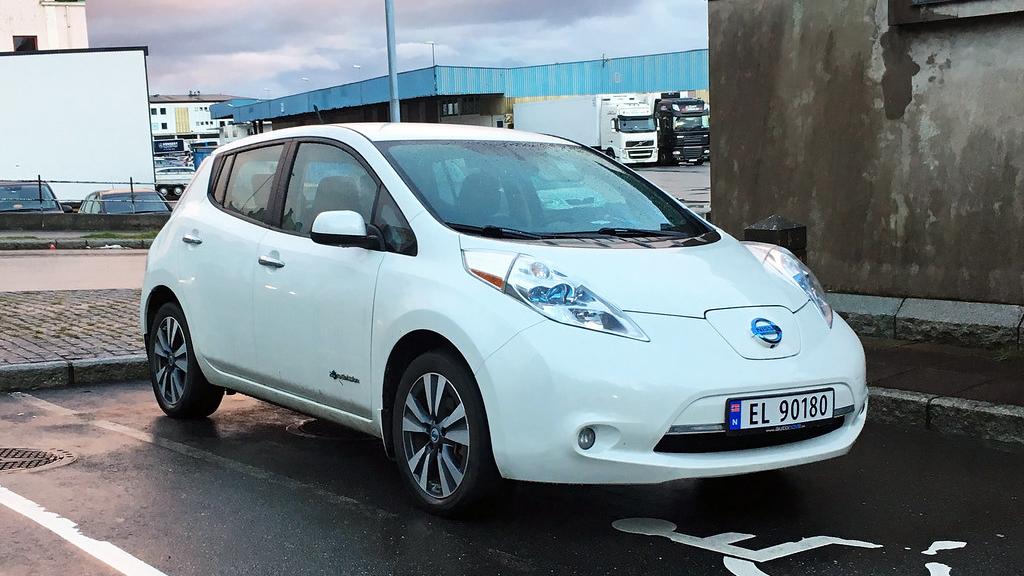Regeneratief remmen bij elektrische auto's
1. What is regenerative braking?
2. How does this work?
3. Benefits of regenerative braking
4. Elektrische auto's die regeneratief remmen gebruiken
You may have heard of the term "regenerative braking," but we're going to explain the process in detail and discover why it's a game changer for a comfortable car ride.
What is regenerative braking?
Regenerative braking is a system that converts kinetic energy during braking into electric energy.
In this process, the energy lost during braking is reused for the car's battery. In other words, every time you brake in a car with regenerative braking, energy is converted into electricity to make the car run more efficiently.
How does this work?
When you brake with a traditional car, the brakes create friction between the brake pads (which are attached to the wheels) and the brake discs. This friction slows down the wheels, eventually causing the car to stop. But this friction releases energy in the form of heat. This energy is lost in traditional vehicles.
But in electric vehicles, this energy is not lost. The electric motor converts into a kind of generator. This generator starts producing electricity, which is then sent back to the car's battery. Instead of being lost, the energy is reused. This means a more efficient ride and less wear and tear on the brakes.

Benefits of regenerative braking
For you, regenerative braking means a smoother driving experience. It provides gradual deceleration without the abrupt feeling you often have with traditional brakes. Moreover, regenerative braking often allows you to use one pedal to accelerate as well as decelerate, making driving a lot more comfortable.
Electric cars that use regenerative braking
Almost all new electric models use regenerative braking. Some models offer different levels of regenerative braking that you can adjust as a driver. We list 3 well-known models here:
Tesla Model S: Tesla uses regenerative braking in models like the Model S.
BMW i3: the BMW i3 is a popular electric car that integrates regenerative braking.
Nissan Leaf: one of the world's best-selling electric cars, uses regenerative braking.



Tesla model S BMW i3 Nissan Leaf